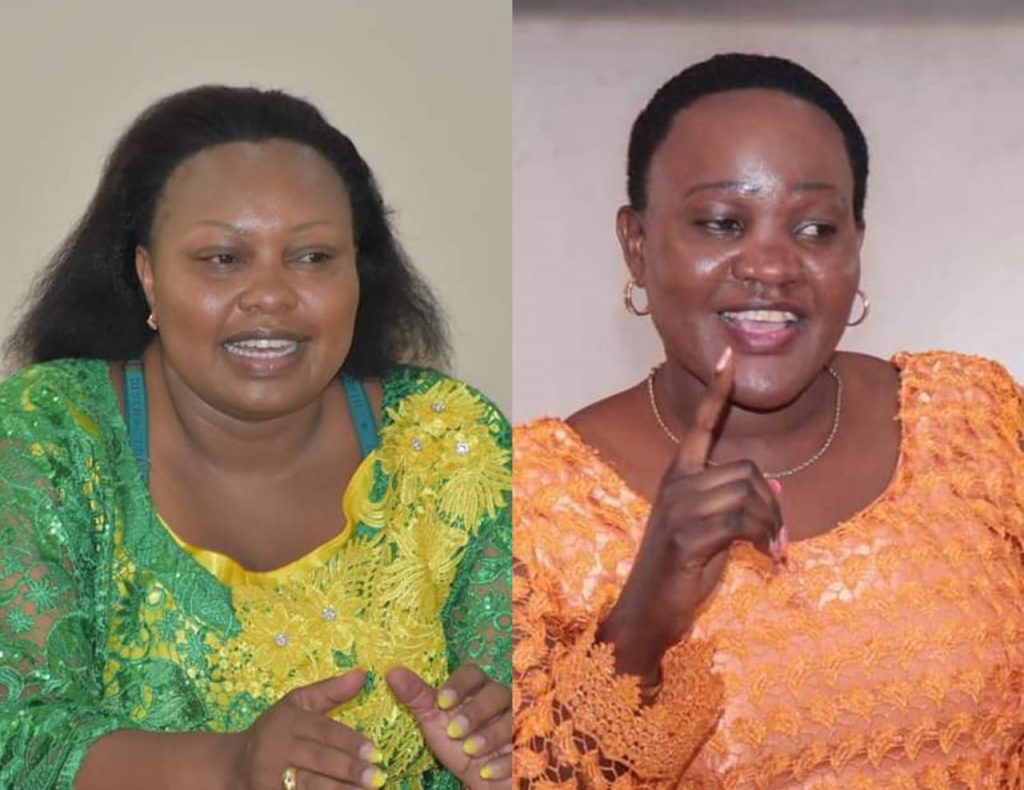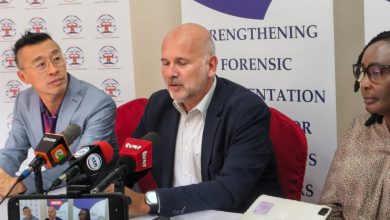Tough ride for Passaris in Nairobi as she encounters hostile crowd in Westlands.

Nairobi Women Representative Esther Passaris today was rejected by Nairobi residents on the campaign trail in Westlands constituency.
The MP’s campaign convoy in Westlands near Deepsea went under siege as residents refused to listen to her telling her to visit the slums and show identify what she had done for the residents for the last five years.
“Ashuke twende kijiji atuambie miaka tano amefanya nini (Let her disembark from the truck and show us what she has done in the slums),” residents were heard shouting as the MP watched in dismay.
Passaris has been facing a difficult time trying to counter the inroads that her main challenger Nominated Senator Beatrice Kwamboka has made in the women rep campaigns around the city.
Kwamboka has been on the campaign trail traversing the county and has been initiating development projects even before getting elected to the national assembly.
It is in Mountain View ward which Kwamboka previously represented as MCA that Passaris was today told off.
According to residents, Kwamboka did a commendable job as MCA and has been felt present on the ground while Passaris has not had touch with the common man.

“For five years she has done nothing for us. We are not listening to lies,” the irate residents said.
The residents demanded that she tells them why she had not brought development yet she was now there seeking to be elected again and vowed to only vote for leaders who have been tested and have a proven track record.
Kwamboka, a former Mountain View MCA has risen through the political ranks to be a Senator, serving as the Senate Minority Whip and looks set to be the next Nairobi Women Representative.






